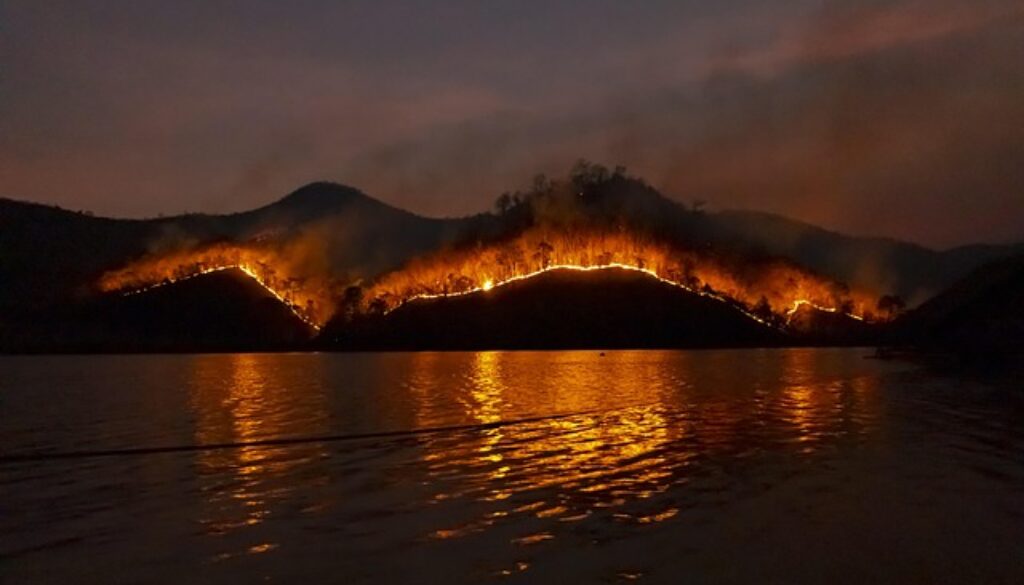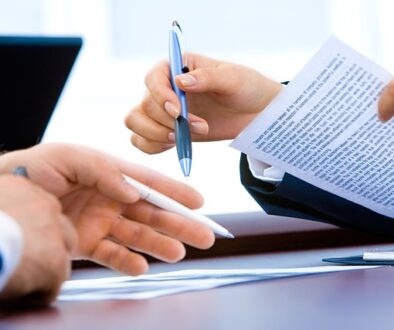Financially and Practically Ready: Preparing for Wildfire Season and Natural Disasters
Natural disasters — whether wildfires, floods, or earthquakes — often strike with little warning. If you live in the West, you’ve likely seen the impact of wildfire season up close. While we can’t control the weather, we can take smart steps to protect our families, our homes, and yes — our financial lives.
Here’s a practical checklist to help you prepare without panic.
1. Know Your Risk
Start by checking your address on your state’s emergency management website or tools like Cal Fire’s hazard map. Understanding your level of risk helps guide your planning and insurance needs.
2. Create a Home Inventory
If you ever need to file an insurance claim, a quick video walk-through of your home — narrating furniture, electronics, valuables, and art — can make a huge difference. Store the file in a secure cloud folder or share with your advisor or attorney for safekeeping.
3. Organize Key Documents
Keep digital and physical copies of:
- Homeowner’s insurance policy
- Mortgage or lease agreements
- Estate documents (wills, trusts, POAs)
- Health insurance cards and prescriptions
- IDs and passports
Store in a fireproof safe or secure cloud location (our client vault in eMoney is a great option), and make sure a trusted person knows how to access them.
4. Have Emergency Cash & Credit
Power outages and closed banks can make cash and credit hard to access. Keep a few hundred dollars in small bills on hand, along with an available credit card for urgent expenses like hotels or fuel.
5. Stress-Test Your Insurance Coverage
Many clients assume their insurance will “just work” in a disaster — but surprises are common. Here’s a quick stress test:
- Do you have full replacement cost coverage? Make sure your policy covers the cost to rebuild today, not just the home’s market value.
- Are personal belongings fully covered? High-value items like jewelry or collectibles often need separate riders.
- How high is your deductible in a wildfire or earthquake scenario? Some disaster deductibles are percentage-based — and surprisingly steep.
- Do you have loss-of-use coverage? This helps pay for temporary housing, meals, and living expenses if you’re displaced — check the time and dollar limits.
- Any exclusions? Some policies exclude smoke damage, landscaping, fencing, or water/sewer backup unless you’ve added endorsements.
A quick policy review can reveal gaps you’d rather fix now than later.
6. Prepare to Evacuate
Assemble a go-bag that includes:
- Medications and basic toiletries
- Several days of clothing
- Chargers and portable power banks
- Copies of IDs and key documents
- Pet food and essentials
Designate an out-of-town contact and meeting place in case you’re separated or cell service is down.
7. Resilience in Your Financial Plan
At our firm, we think about resilience beyond markets. A disaster plan should include:
- Accessible emergency savings
- Updated estate documents
- Contingency thinking: Where would you go? What would you need?
Let’s stress-test your overall financial readiness — not just for volatility, but for real-life disruption. If you’re unsure how to organize key documents or want help reviewing your insurance or savings, we’re here to help.
Final Thoughts
Preparedness brings peace of mind. Whether it’s safeguarding your assets or reviewing your plan for the unexpected, these steps help you stay one step ahead — with confidence, not fear.
Need help with your plan? Reach out — peace of mind is part of the process.
Emerald Advisors, LLC is a registered investment adviser. Information presented is for educational purposes only and does not intend to make an offer or solicitation for the sale or purchase of any specific securities, investments, or investment strategies. Investments involve risk and, unless otherwise stated, are not guaranteed. Be sure to first consult with a qualified financial adviser and/or tax professional before implementing any strategy discussed herein. Past performance is not indicative of future performance.




